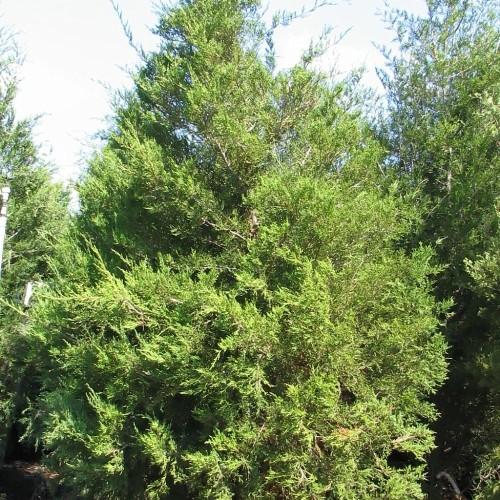
red cedar
Juniperus virginiana 'Burkii'
Cycle:
Perennial
Watering:
Average
Hardiness Zone:
2 - 9
Flowers:
Flowers
Sun:
Full sun
Leaf:
Yes
Growth Rate:
High
Maintenance:
Low
Salt Tolerant:
Yes
Care Level:
Moderate
watering
Red Cedar (Juniperus virginiana 'Burkii') should be watered when the soil is dry to the touch about 1-2 inches beneath the surface. Water thoroughly until you see water draining from the pot or the soil has become saturated. During the summer months you may need to water more frequently, but the same rule applies - if the soil is dry, water it. Generally, Red Cedar should be watered at least once a week and up to once every other day during the height of summer.
sunlight
Red cedar (Juniperus virginiana 'Burkii') prefer to receive full sunlight throughout the day, or at least 6 - 8 hours of direct sunlight each day. This species of plant typically does best when it receives its full sun during the morning or late afternoon (avoiding having it in the direct sun during the hottest part of the day). If receiving too much sun, the plant might experience sunscald or wilting.
pruning
Red cedar (Juniperus virginiana 'Burkii') should be pruned in late winter, before new spring growth begins. Pruning should be light, with only small amounts of the plant removed at a time. Make sure to selectively prune to keep the desired shape of the plant. It's a good idea to remove no more than 10-20% of the entire plant at 1 time. This is especially important in the first few years of growth when the cedar is establishing itself. In addition, any dead, diseased, or damaged branches should be pruned away from the plant.
